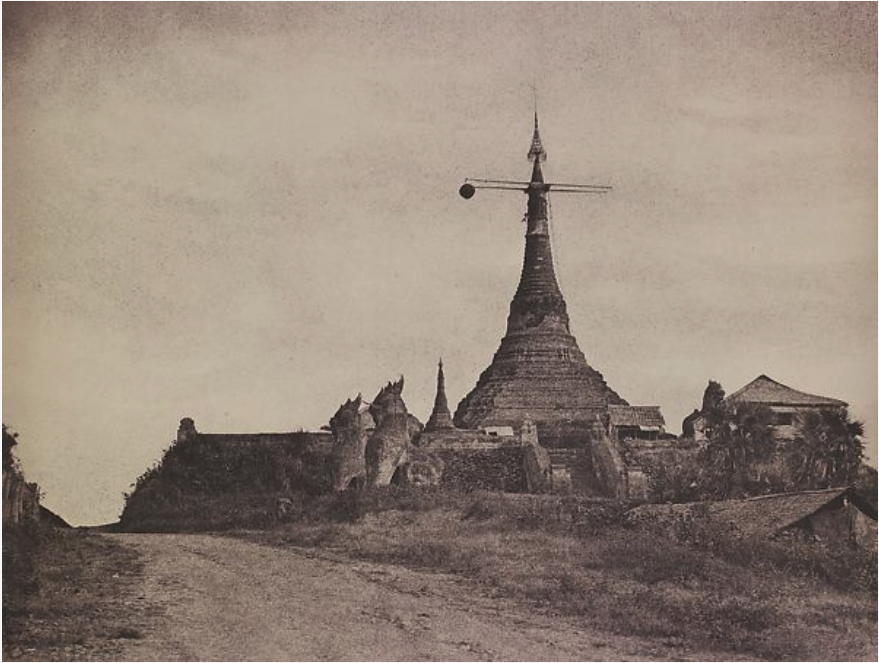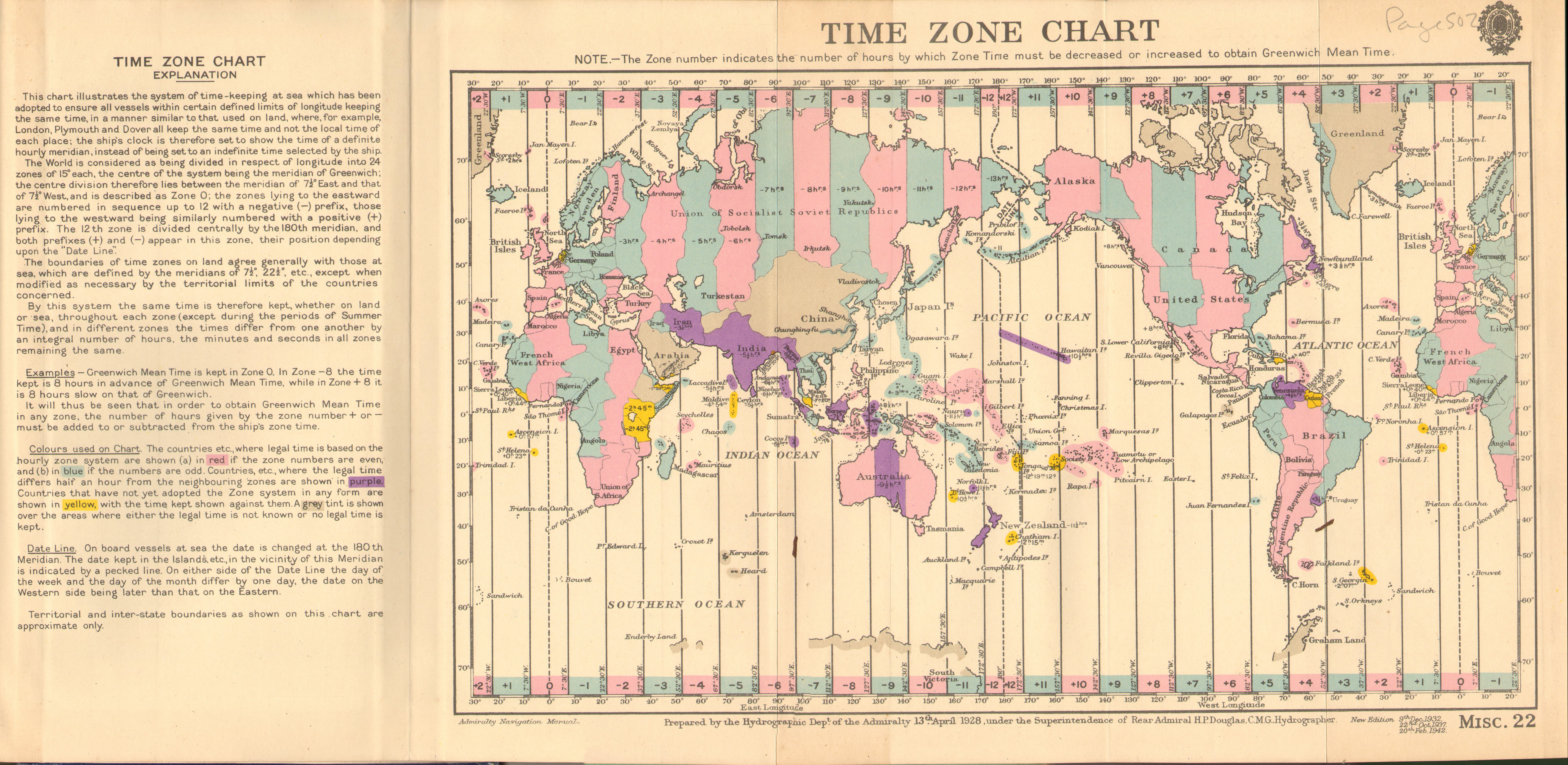Time In Myanmar on:
[Wikipedia]
[Google]
[Amazon]
Myanmar Standard Time (MMT; my, မြန်မာ စံတော်ချိန်, ), formerly Burma Standard Time (BST), is the

 The use of a common time began in
The use of a common time began in
The IANA database (https://www.iana.org/time-zones, version 2021e, released on 2021-10-21) gives 6:24:47, citing a secondary source (Reed and Low, The Indian Year Book, 1936–37, pp. 27–28); to be sure, the maintainers of the database do state that "this file is by no means authoritative." The 6:24:47 figure of (Reed and Low) may have been a typographical error from the 6:24:37 time given in (Indian Railway Board 1906: 7) which states that "... in Burma 6 1/2 hours ahead of Greenwich and 5 minutes 23 icseconds earlier than Rangoon time." The Railway Board's 6:24:37 is likely false as the Admiralty records from 1898 to 1922 all say the official Rangoon time (per Kinns 2020: 545) was 6:24:40. being in use was in 1892,Kinns 2020: 544–545 a year before the country's first
standard time
Standard time is the synchronisation of clocks within a geographical region to a single time standard, rather than a local mean time standard. Generally, standard time agrees with the local mean time at some meridian that passes through the r ...
in Myanmar
Myanmar, ; UK pronunciations: US pronunciations incl. . Note: Wikipedia's IPA conventions require indicating /r/ even in British English although only some British English speakers pronounce r at the end of syllables. As John C. Wells, Joh ...
, 6:30 hours ahead of UTC ( UTC+06:30). MMT is calculated on the basis of 97°30′E longitude
Longitude (, ) is a geographic coordinate that specifies the east–west position of a point on the surface of the Earth, or another celestial body. It is an angular measurement, usually expressed in degrees and denoted by the Greek letter l ...
.MFF 2002: 1 MMT is used all year round, as Myanmar does not observe daylight saving time
Daylight saving time (DST), also referred to as daylight savings time or simply daylight time (United States, Canada, and Australia), and summer time (United Kingdom, European Union, and others), is the practice of advancing clocks (typicall ...
.USNAO 2013: 262
History

Pre-colonial period
Myanmar did not have a standard time before theBritish colonial period
The British Empire was composed of the dominions, colonies, protectorates, mandates, and other territories ruled or administered by the United Kingdom and its predecessor states. It began with the overseas possessions and trading posts esta ...
. Each region kept its own local mean time
Local mean time (LMT) is a form of solar time that corrects the variations of Solar time#Apparent solar time, local apparent time, forming a uniform time scale at a specific longitude. This measurement of time was used for everyday use during the ...
, according to the Burmese calendar
The Burmese calendar ( my, မြန်မာသက္ကရာဇ်, , or , ; Burmese Era (BE) or Myanmar Era (ME)) is a lunisolar calendar in which the months are based on lunar months and years are based on sidereal years. The calendar is ...
rules: sunrise, noon, sunset and midnight.(Clancy 1906: 57): The Burmese calendar recognizes two types of day: astronomical and civil
Civil may refer to:
*Civic virtue, or civility
*Civil action, or lawsuit
* Civil affairs
*Civil and political rights
*Civil disobedience
*Civil engineering
*Civil (journalism), a platform for independent journalism
*Civilian, someone not a membe ...
. The mean Burmese astronomical day is from midnight to midnight, and represents 1/30th of a synodic month
In lunar calendars, a lunar month is the time between two successive syzygies of the same type: new moons or full moons. The precise definition varies, especially for the beginning of the month.
Variations
In Shona, Middle Eastern, and Europ ...
or 23 hours, 37 minutes and 28.08 seconds. The civil day comprises two halves, the first half beginning at sunrise and the second half at sunset. The day was divided into eight 3-hour segments called ''baho'' (ဗဟို), or sixty 24-minute segments called ''nayi'' (နာရီ). Although the calendar consists of time units down to the millisecond level, the popular usage never extended beyond ''baho'' and at most ''nayi'' measurements; a gong was struck every ''nayi'' while a drum (စည်) and a large bell (ခေါင်းလောင်း) were struck to mark every ''baho''.Clancy 1906: 57
Colonial period
 The use of a common time began in
The use of a common time began in British Burma
British may refer to:
Peoples, culture, and language
* British people, nationals or natives of the United Kingdom, British Overseas Territories, and Crown Dependencies.
** Britishness, the British identity and common culture
* British English, ...
in the late 19th century. The first confirmed mention of Rangoon Mean Time (RMT) at GMT
Greenwich Mean Time (GMT) is the mean solar time at the Royal Observatory in Greenwich, London, counted from midnight. At different times in the past, it has been calculated in different ways, including being calculated from noon; as a cons ...
+6:24:40The time offset of 6:24:40 was the time used by the official time signal station in Rangoon per (Kinns 2020: 545) and the Admiralty
Admiralty most often refers to:
*Admiralty, Hong Kong
* Admiralty (United Kingdom), military department in command of the Royal Navy from 1707 to 1964
*The rank of admiral
* Admiralty law
Admiralty can also refer to:
Buildings
*Admiralty, Tr ...
(Admiralty 1895: 27); it was confirmed by the US Naval Intelligence report (USNI 1928: 723). The IANA database (https://www.iana.org/time-zones, version 2021e, released on 2021-10-21) gives 6:24:47, citing a secondary source (Reed and Low, The Indian Year Book, 1936–37, pp. 27–28); to be sure, the maintainers of the database do state that "this file is by no means authoritative." The 6:24:47 figure of (Reed and Low) may have been a typographical error from the 6:24:37 time given in (Indian Railway Board 1906: 7) which states that "... in Burma 6 1/2 hours ahead of Greenwich and 5 minutes 23 icseconds earlier than Rangoon time." The Railway Board's 6:24:37 is likely false as the Admiralty records from 1898 to 1922 all say the official Rangoon time (per Kinns 2020: 545) was 6:24:40. being in use was in 1892,Kinns 2020: 544–545 a year before the country's first
time ball
A time ball or timeball is a time-signalling device. It consists of a large, painted wooden or metal ball that is dropped at a predetermined time, principally to enable navigators aboard ships offshore to verify the setting of their marine chron ...
observatory(Kinns 2020: 544): The British apparently were using a local pagoda (later came to be known as the Signal Pagoda) in Rangoon for signaling at least since 1855, three years after their annexation of Lower Burma; but "no supporting evidence of a Rangoon time signal has been found in notices prior to 1893." was opened in Rangoon
Yangon ( my, ရန်ကုန်; ; ), formerly spelled as Rangoon, is the capital of the Yangon Region and the largest city of Myanmar (also known as Burma). Yangon served as the capital of Myanmar until 2006, when the military government ...
(Yangon) on 1 October 1893.Hydrographic 1895: 27Kinns 2021: 445 However, the use of RMT as the common time, at least in some sectors, most probably started earlier. (The country's first rail service, between Rangoon and Prome
Pyay (, ; mnw, ပြန် , ; also known as Prome and Pyè) is principal town of Pyay Township in the Bago Region in Myanmar. Pyay is located on the bank of the Irrawaddy River, north-west of Yangon. It is an important trade center for the Ayey ...
(Pyay), began on 2 May 1877,Chailley-Bert 1894: 336 and the non-authoritative IANA time zone database
The tz database is a collaborative compilation of information about the world's time zones, primarily intended for use with computer programs and operating systems. Paul Eggert is its current editor and maintainer, with the organizational backi ...
says RMT was introduced in 1880.IANA TZ October 2021: Burma/Myanmar) On 1 July 1905,RE 1906: 346USBS 1935: 3 a new standard time called Burma Standard Time (BST) at GMT+6:30—set to the longitude 97° 30' E, and 5 minutes and 20 seconds ahead of RMT—was first adopted by the Railways
Rail transport (also known as train transport) is a means of transport that transfers passengers and goods on wheeled vehicles running on rails, which are incorporated in tracks. In contrast to road transport, where the vehicles run on a pre ...
and Telegraph
Telegraphy is the long-distance transmission of messages where the sender uses symbolic codes, known to the recipient, rather than a physical exchange of an object bearing the message. Thus flag semaphore is a method of telegraphy, whereas p ...
administrations.USNO 1906: Volume IV, Appendix II, v Although the rest of the country came to adopt BST, RMT continued to be used in the city of Rangoon at least to 1927.An April 1927 dispatch by the US Naval Intelligence (USNI 1928: 723) says that the whole country, except Rangoon, used the standard time, GMT+6:30, while the city of Rangoon still used Rangoon Mean Time, which was 5 minutes 20 seconds behind Burma Standard Time (or GMT+6:24:40). By 1930, however, BST apparently had been adopted in Rangoon as well.(Kinns 2020: 545): the UK Admiralty records show that the time ball at the Rangoon time signal station was dropped twice each day, once at GMT+17:30:00 for 00:00:00 BST (i.e. GMT+6:30:00) and also at GMT+17:35:20 for 00:00:00 RMT (i.e. GMT+6:24:40); it was only in 1930 that the time ball at Rangoon was dropped for the standard time (GMT+6:30:00).
The standard time was changed to Japan Standard Time
, or , is the standard time zone in Japan, 9 hours ahead of UTC ( UTC+09:00). Japan does not observe daylight saving time, though its introduction has been debated on several occasions. During World War II, the time zone was often referred to a ...
(JST) during the Japanese occupation of the country (1942–1945) in World War II.IANA October 2021: Burma/Myanmar
After independence
The standard time was reverted to GMT+6:30 after the war. It has remained ever since, even after the country's independence in 1948. The only change has been its name in English; the official English name has been changed to Myanmar Standard Time presumably since 1989 when the country's name in English was changed from Burma to Myanmar.BBC News 2 December 2011 The country does not observe a daylight saving time.Timeline of common times
IANA time zone database
TheIANA time zone database
The tz database is a collaborative compilation of information about the world's time zones, primarily intended for use with computer programs and operating systems. Paul Eggert is its current editor and maintainer, with the organizational backi ...
contains one time zone named Asia/Yangon for Myanmar.
Notes
References
Bibliography
* * * * * * * * * * * * * {{Asia topic, Time in Time in Southeast Asia